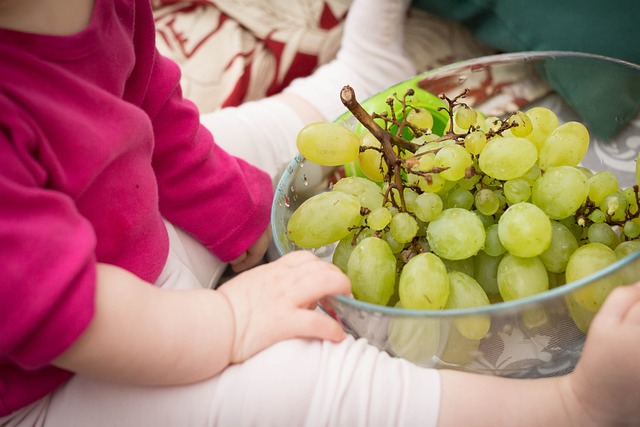It’s hard to find your way among the ingredients of a simple package of industrial biscuits: additives, preservatives, sweeteners, palm oil, added sugars, and bad fats… Ultra-processed supermarket snacks deceive our taste buds and they are low in fiber. They are said to be “empty calories” (without nutrients). Here are some tips to help you find your way.
Avoid artificial sugars
The brain knows how to differentiate natural sugars from artificial sugars, it’s hard to fool it! False sugars such as aspartame, acesulfame, or sucralose are synthetic sweeteners hundreds of times sweeter than natural sugar… But aspartame contains neurotoxic amino acids, that is to say, they destroy neurons! The brain is greatly disturbed by sweeteners and does not trigger the same chemical reactions. And they stimulate the appetite just as much as natural sugar.
When real sugar is consumed, dopamine is released in the brain and the level of glucose rises in the blood, stimulating the production of dopamine. In the case of sweeteners, the brain receives the information that sugar is going to arrive, but the sugar does not arrive. The brain, therefore, triggers the secretion of insulin, but the level of sugar does not increase in the blood. As a result, the body still requires sugar to compensate.
Fruit juices, false friends
Parents most concerned about their child’s health may have chosen to give them fruit juice. The kids love it and so do we! Whether they are “pure juice”, nectar, concentrate, or smoothie, organic or not, they have the reputation of being rich in vitamins and minerals and nutritionally much better than a soda. Well, that’s the wrong bad idea! If the whole fruit is rich in vitamins, minerals, fructose, and fiber, fruit juice contains almost none. When fruits are juiced, they lose their fiber and nutrients. Juicing increases the fructose content of the drink because it is devoid of fiber.
Are additives bad?
I carry the mention E followed by 3 digits, I am added to food, I am supposed to improve the quality of a product and my role is to preserve a product while preserving its taste. Texture agent, antioxidant, coloring, preservative, sweetener, flavor enhancer: I am an additive!
Industrial pastries and confectionery, cereals for breakfast, and prepared meals all contain it… a real cocktail! Whether of natural or synthetic origin, they are responsible for intolerances and allergic reactions.
How much sugar is in…
To get a more concrete idea of the amount of sugar in certain everyday products, here are some champions. A sugar cube is 6 grams of sugar. However, a child should not exceed 5 sugar cubes per day…
So, do we decode the labels and sort them out?
Even when you read the labels when you go shopping, you don’t always notice the number of simple sugars hidden in the ingredients. Invert sugar (the sucrose molecule is cut), glucose or fructose syrup, dextrose (glucose), dextrins, lactose, honey, caramel, sugar extracted from the fruit (fructose, glucose or sucrose), concentrated fruit juice or purée( e), malt… all of these simple sugars contain very few, if any, nutrients and contribute to imbalance in the body.
Here are some simple guidelines that will help you find your way around, to choose better snacks on the supermarket shelves.
- The length of the list of ingredients: the longer it is, the further away from a product similar to homemade.
- The first ingredients on the list are present in greater quantity (they are arranged in descending order of weight).
- If you recognize the name of the ingredients in your cupboards, it’s good, it means that the product is not refined.
- Food additives should be limited as much as possible (thickeners, emulsifiers, sweeteners, flavor enhancers, colorants, preservatives, and others).
In this jungle of acronyms, it is difficult to distinguish between things. The advice I would give is this: in general, if you don’t understand what’s on the ingredient label, you better not buy. And why not replace that packet of cookies with a homemade cake?
In the tables of nutritional values, the indication “of which sugars” refers only to simple carbohydrates, whether naturally present or added. The unit used is in grams, for 100 grams or 100 milliliters of the product. Here’s how to interpret them:
- < 2 g of carbohydrates of which sugar = very low in sugar
- < 5 g carbohydrates of which sugar = low sugar
- < 5 g and < 10 g of carbohydrates of which sugar = medium sugar content (limit)
- > 10 g of carbohydrates of which sugar = high in sugar



Leave a Reply
You must be logged in to post a comment.